$ADYEN's free fall - PART2
Part2 of a multi-part series of articles on Adyen covering Adyen's recent results including the latest 1H 2023 and trying to pinpoint some of the cause of the top line slowdown.
This article is Part2 of a multi-part series of articles on Adyen covering Adyen's recent results including the latest 1H 2023 and trying to pinpoint some of the cause of the top line slowdown. Based on the most recent slowdown, I am also revising top line figures for 2023-2025. This is a difficult exercise do you own due diligence. As I disclosure, I hold a top 10 position in Adyen and the main motivation for this article is to clarify my holding. Part 1 was published earlier this week and covers an overview of the company, the historical results and KPIs. $ADYEN free fall - Part 1. Part3 will look at competitors more closely and valuation comparison.
The article constitutes my personal views and is for entertainment purposes only. This is not an investment advice. Please refer to the disclaimer at the end of this article for more details.
Background
On August 17th, Adyen published their 1H2023 numbers which were well below expectations with top line growing at 21% only YoY versus historical growth in the 30-40% range. This is what the company had to say about the slowdown:
In some areas, the business grew at a lower rate than anticipated. This was the case for our North American net revenue (up 23% YOY, compared to up 52% YOY in H1 2022), and Digital volumes (up 23% YOY, compared to up 55% in H1 2022). North America has been an increasingly important contributor in recent years, making these developments more significant to overall net revenue. In addition, the region has a high concentration of Digital customers, explaining the overlap in impacted metrics. While we remain focused on realizing Adyen's long-term opportunity, we want to start this letter by addressing the recent factors that impacted our North American and Digital growth. First, as a natural consequence of the shifting economic climate – driven by higher inflation and interest rates – profit outweighed growth for many North American digital businesses in H1. Enterprise businesses prioritized cost optimization, while competition for digital volumes in the region provided savings over functionality. These dynamics are not new, and online volumes are easiest to transition back and forth. Amid these developments, we consciously continued to price for the value we bring.
The stock crashed from a recent high of 1600 euros to 765 euros as of Friday.
Clearly, the Street is not taken lightly the slowdown. So what is going on, what can explain the sharp slowdown?
Major Segments and Customers
Before we dig in into possible cause of the the slowdown, lets dig in on Adyen main category of customer segments and product. Adyen has defined 3 major categories of customers:
Digital: Non-platform merchants that process over 99.5% of their volumes online.
Unified: Non-platform merchants processing at least 0.5% of their volumes via point-of-sale.
Platform: Customers processing at least 50% of their volumes via Adyen for Platforms.
Digital Customers:
Digital customers is the largest segment and most mature. It is still growing at a fast CAGR of 37.8% since 2020.
Adyen has attracted major digital customers by offering better service like
RevenueAccelerate which increases conversion rate. Increasing authorization rate is critical for digital customers since a failed authorization may lead to a loss of sale or in the case of Netflix or Spotify the cancellation of a subscription and thus churn.
It also provides additional services like Score to prevent fraud using AI.
Some of the Key Customers for Adyen are:
Uber (since 2012): Multiple Processors (Adyen, Braintree, Stripe) Gross Booking: 2021: 90B, 2022: 115B, 1H2023: 64B.
Netflix (since 2014) Revenue: 2021: 29B, 2022: 31B, 1H2023: 16.5B
Spotify (since 2016) Revenue: 2021: 8.4B, 2022: 10.2B.
Microsoft (since 2015)
AirBnB (Braintree, Adyen, Stripe)
Meta
Unified Customers
Some flagship customers
Loreal
McDonald
Zara
LVMH
Adyen for platform
Adyen for Platform is a more complex product that allows to easily onboard SMBs or individual users on the merchant platform, with added functionalities like deciding how funds are split among different parties and additional services like providing business loans, credit cards to SMBs on the platform.
This segment was propulsed in importance in the last 3 years. Key customers are
Ebay (since 2018)
Wix
Farfetch
ETSY
Vinted
Lightspeed
Oracle
Zero In on North American results
Lets focus on north american historical results to understand what is going on since this is where most of the slowdown is coming from as pointed out by management.
The company have been disclosing North American net revenue every 6 months since going public.
The CAGR since 2017 is at an impressive 73.9%. Such a high growth over 5 years is not sustainable and is due to a slowdown. Also, we can observe for the first time that net revenue actually went down sequentially (on a 6 month basis) where 1H2023 had net revenue of 187.5m versus 190.6m in 2H2023. On a YoY basis, NA net revenue was up 23%.
Year over Year net revenue growth in percentage can be seen here for NA:
As North American revenue becomes larger and larger, it is expected that growth in percentage should slow down. But the drop in growth from 45% YoY in 2H2022 to 23% in 1H2023 is very sharp.
Another way to understand the trend of net revenue in NA is to look at the YoY growth of net revenue in absolute terms. This removes the natural geometrical slowdown as numbers get larger and larger.
YoY growth in absolute terms has increased steadily each 6 months, except in 1H2019 and in the latest 6 month results. I do not believe that the drop for the last 6 months means that the steady increase in YoY growth in absolute terms is broken.
One can use a linear interpolation to show the steady growth and some possible estimates for YoY growth in the next 18 months. We will discuss these projections in later sections.
Lets first understand where the downtrend could be coming from.
The Ebay effect on the Platform Revenue
In early 2018, Ebay has signed a deal with Adyen to transition over the next following years the majority of the payment processing from Paypal to Adyen. Here are some extract of the signed deal:
eBay has signed an agreement with Adyen, a leading global payments processor, to become its primary payments processing partner. PayPal, a long-time eBay partner, will be a payments option at checkout for eBay buyers. The transition to full payments intermediation will be a multi-year journey, and eBay will move as quickly as possible to complete this process within the parameters of the Operating Agreement with PayPal, which remains in place through mid-2020. eBay has signed an agreement with Adyen to be its primary partner for payments processing globally, including in North America. eBay will begin payments intermediation on the Marketplace platform on a small scale in North America starting in the second half of 2018, expanding in 2019 under the terms of the Operating Agreement with PayPal. In 2021, eBay expects to have transitioned a majority of its Marketplace customers to its new payments experience.
Starting in 2021, Ebay has brought a very significant amount of volume to Adyen, as Adyen became the primary payment processor of Ebay. The figure below shows the GMV (Gross Merchandise Volume) of Ebay in the last 5 half. Ebay is likely getting a large pricing discount due to volume, we are probably talking about a low 0.15% take rate.
Adyen does not disclose the net revenue for Ebay (it is less than 10% of net revenue). However, based on the statement below we can assume that the vast majority of Ebay volumes has gone through Adyen starting in mid 2021 and 2022 - possibly ramping up to close to 90-100% in 2H2021.
Adyen does disclose the TPV related to the platform product.
The rapid increase of the platform volume from 1H2020 to 2H2021 is caused by Ebay transitioning to Adyen. Looking at the smooth increase of the platform volume from 2H2021 to 2H2022, one can assume that most if not all of the volume had transitioned from Paypal to Adyen on 2H2021, and I have modeled that 100% of Ebay volume was funneled to Adyen from 2H2021 to 2H2022. I also assumed that in 1H2020, very little volume (4%) was coming from Ebay so that the majority of volume was coming from non Ebay platform customers.
For the other intervals, (2H2020, 1H2021), I assigned the % of total GMV of Ebay going through Adyen to get a smooth decreasing YoY growth in % for the non Ebay platform TPV. In the latest half, Adyen has disclosed that non Ebay platform revenue has grown by 80% YoY.
For the last half (1H2023), using Adyen disclosure that without Ebay volume, non Ebay platform TPV has gone up 80% YoY I concluded that Ebay has started to funnel about 20% of the volume to another payment processor. Please note that Ebay no longer owns shares of Adyen stocks. Ebay was able to get warrants at 200 euros per Adyen share when the deal was signed in 2018 for 5% of the company. Furthermore, Ebay’s GMV has been decreasing steadily in the last few years, so this does not help Adyen neither.
The non Ebay platform TPV is increasing very steadily at a very high rate.
Impact of Ebay on NA Net Revenue
So Ebay artificially boosted NA revenue growth in the years 2020-2022 but it reduced growth in the recent 6 months. Assuming that 60% of Ebay GMV is captured in Adyen’s NA revenue, the YoY growth in net revenue coming from Ebay is shown here:
The estimated NA net revenue growth in absolute terms if Ebay were to be excluded can be redrawn as per following:
Since Ebay has accelerated NA growth artificially and now as Ebay is pulling back some of the volume to other payment processor, possibly Braintree or Stripe, as Ebay has to manage the decrease of GMV by doing whatever it can to reduce cost. Ebay is in my opinion the main cause of the NA slowdown.
The same linear interpolation line drawn in the previous section fits much more closely the NA YoY growth excluding Ebay given me greater confidence that the NA business (excluding Ebay) is in good shape to continue to grow steadily.
On a going forward, since Adyen is the primary payment processor of Ebay, there is likely a limit to how much can Ebay funnel volume to other payment processor based on some contractual terms which is not public. Furthermore, the international segment of EBay volume is probably much more solid, as Adyen has superior conversion rate for international trade than the competition.
Competition and pricing pressure from sophisticated customer like UBER
Uber is a long time customer for Adyen (since 2012) and is likely one of the most important customer in terms of volume. Although no customer has been accouting for more than 10%, Uber generated 115 billion of gross booking in 2022. Uber has developed a complex SW layer enabling Uber to funnel to multiple payment processor vendors. These players are sophisticated and are referred below as multiprocessor.
Thanks to Rihard Jarc
on twitter, I was able to get the opinion of an expert on multiprocessor customers like Uber.source: twitter account Rihard Jarc @RihardJarc
Being a multiprocessor is not without risk and cost. Here is what the expert had to say about this:
source: twitter account Rihard Jarc @RihardJarc
Also, recently Uber signed a strategic deal with Stripe, so it possible that Uber has funneled most of the 2023 growth to Stripe thus we are seeing some detrimental impact for Adyen in NA. Adyen has the most advanced solution in the market, so sophisticated customers also appreciates the benefits of dealing with a superior payment processor in terms of Fraud and authorization level. So a company like Uber may funnel some volume to other players but it is very wary as well of impact on the top line.
This is what an expert had to say about Adyen versus Stripe
source: twitter account Rihard Jarc @RihardJarc
If we revisit 1H2023 and we look at 2H2022, there is a sharp drop in net revenue YoY that is not explained by Ebay effect.
I believe there are competitive and pricing pressure beyond Ebay from sophisticated multi-processor digital customers (e.g. Uber) that was not present 6 months ago and we should see some weakness in NA over the next few quarters.
Europe
Adyen is based in Europe and more than 56% of the revenue is coming from Europe. This is a more complex environment, multiple countries, multiple currencies, and as such the superior solution of Adyen makes it more compelling.
The following shows the net revenue from Europe (and Africa) where Adyen’s revenue has grown very steadily at a CAGR of 38.1. In the latest half, YoY is 20%. We also see that revenue has grown sequentially every half except on 1H2020.
If we look at the YoY growth in absolute terms, the growth line is very steady and the most recent result is in line with current trend (linear interpolation of growth).
Asia Pacific and Latin America
The same exercise can be done for the small Asia Pacific and Latin America to derive projected revenue for the next few semesters.
Projections based on linear interpolation of YoY growth
The following are my estimates for the expected net revenue for 2H2023. Based on the linear model of YoY growth of each region, I get a net revenue of 870 m euros or a YoY increase of 21%. I am not projecting any further, we will wait for February results to verify if my model hold and make re-adjustment if required.
Conclusions
After the exercise, I have build a model of YoY growth in absolute terms for each region. I have a good confidence of this model for Europe, Asia and Latam. For NA, if we exclude the impact of Ebay, my model seems to be working, although there are short term competitive pressure that might impact the projections. Those should be short term weakness. NA in my model represents 25% of the YoY growth, so even if we are wrong by 10-20% it should not impact the company significantly.
Ebay is a significant customer for Adyen and has artificially increased NA growth in year 2000-2021 and now is impacting negatively NA growth by pulling back 20% (my estimate) of their volume from Adyen platform and having its GMV declining each year.
I believe there are competitive and pricing pressure beyond Ebay from sophisticated multi-processor digital customers (e.g. Uber) that was not present 6 months ago and we should see some weakness in NA over the next few quarters.
Still we should see YoY of around 21% in 2H2023 according to my model. EBITDA margin should stabilise and remain in the 40s % level.
This analysis of EBITDA margin will be covered in Part3.
Part3 will also look at competitors more closely and valuation comparison.
Disclaimer: The above article constitutes my or the authors’ personal views and is for entertainment purposes only. It is not to be construed as financial advice in any shape or form. Please do your own research and seek your own advice from a qualified financial advisor. I / The authors may from time to time hold positions in the aforementioned stocks consistent with the views and opinions expressed in this article. The information provided in this article is not making promises, or guarantees regarding the accuracy of information supplied, nor that you guarantee for the completeness of the information here. The information in this article is opinion-based and that these opinions do not reflect the ideas, ideologies, or points of view of any organization the authors may be potentially affiliated with. The authors reserve the right to change the content of this blog or the above article. The performance represented is historical" and that "past performance is not a reliable indicator of future results and investors may not recover the full amount invested.

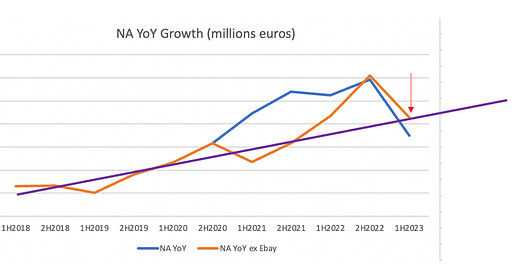


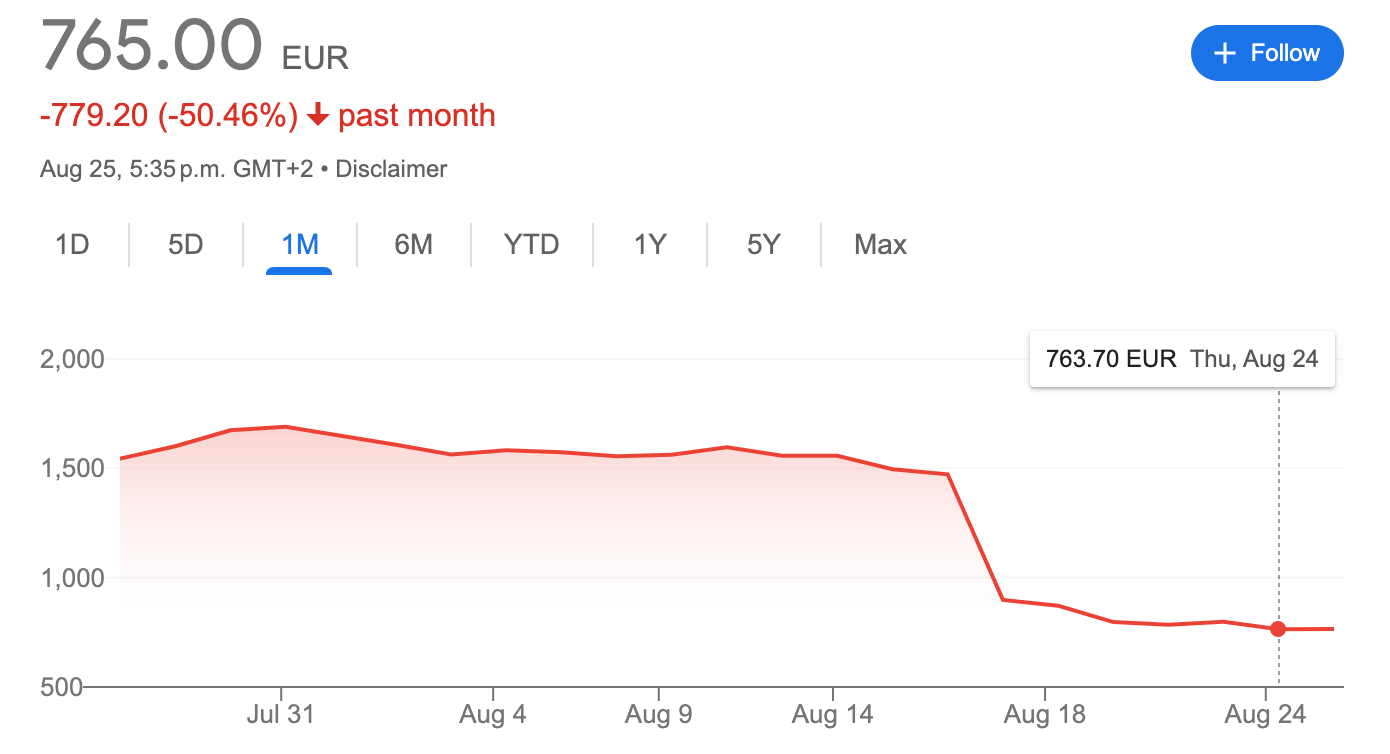
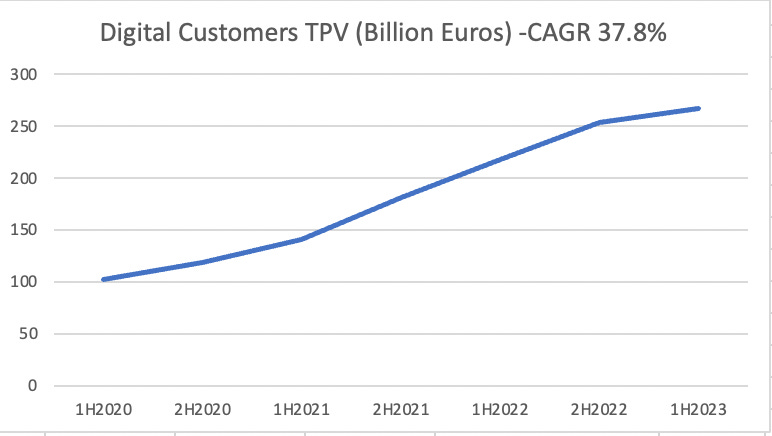

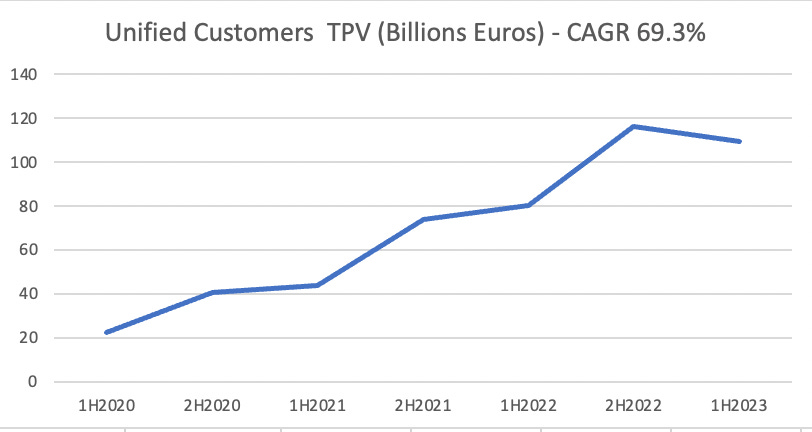
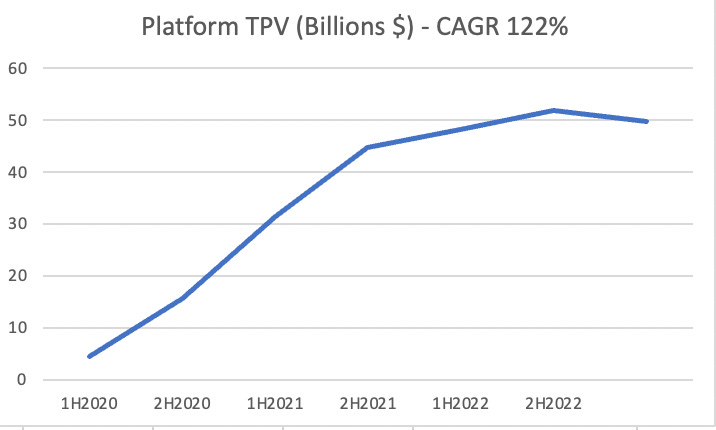
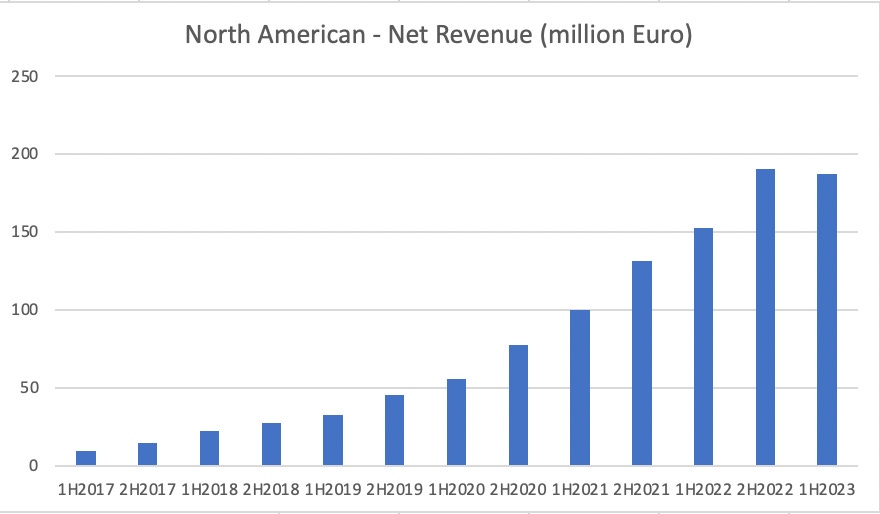


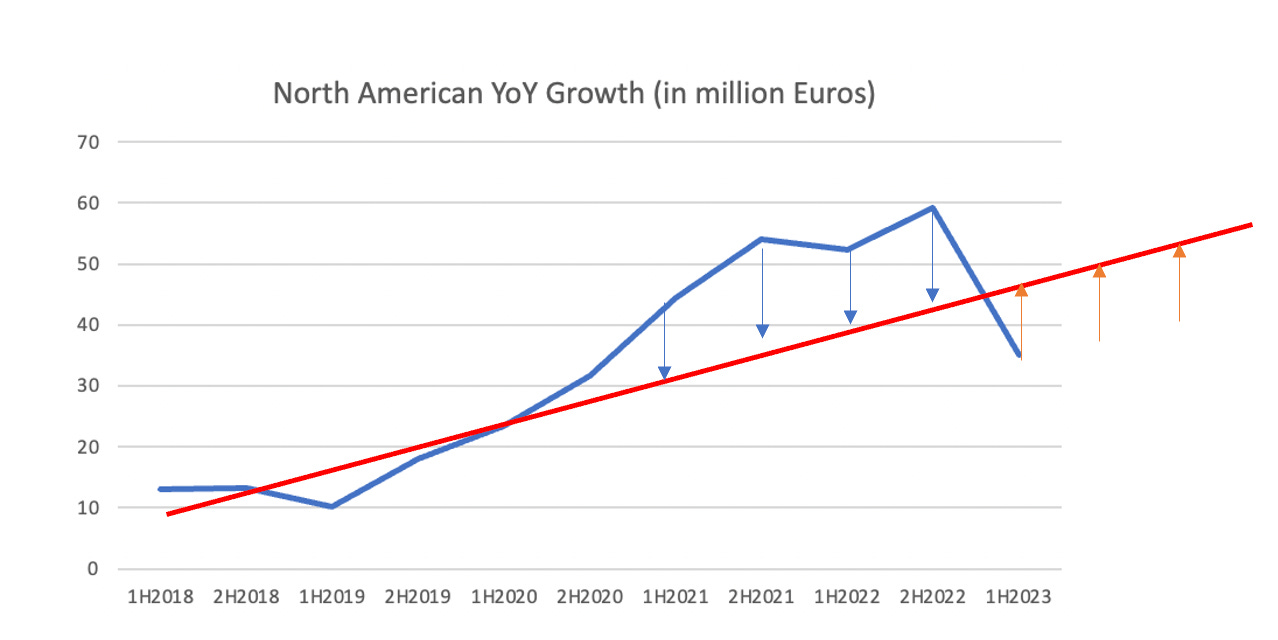

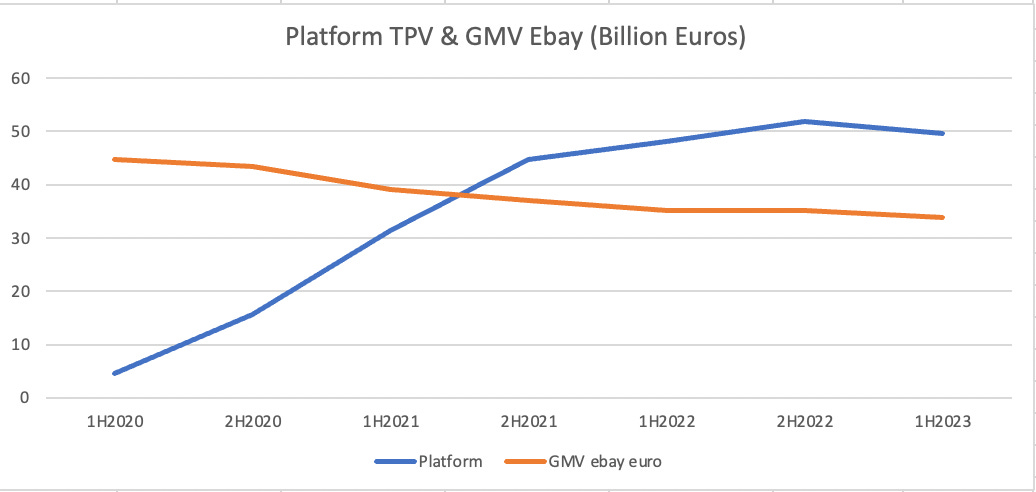
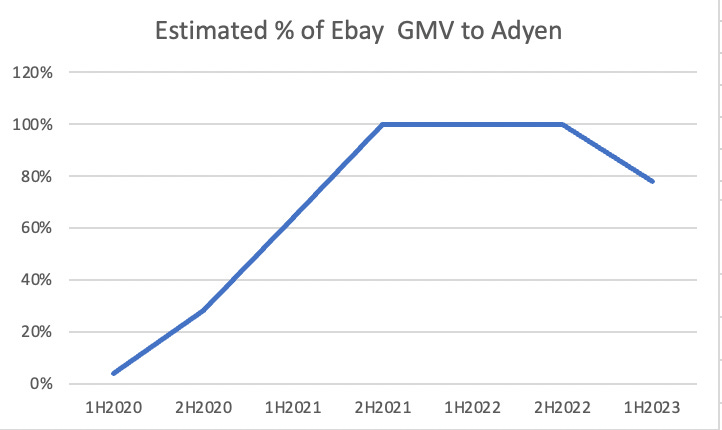
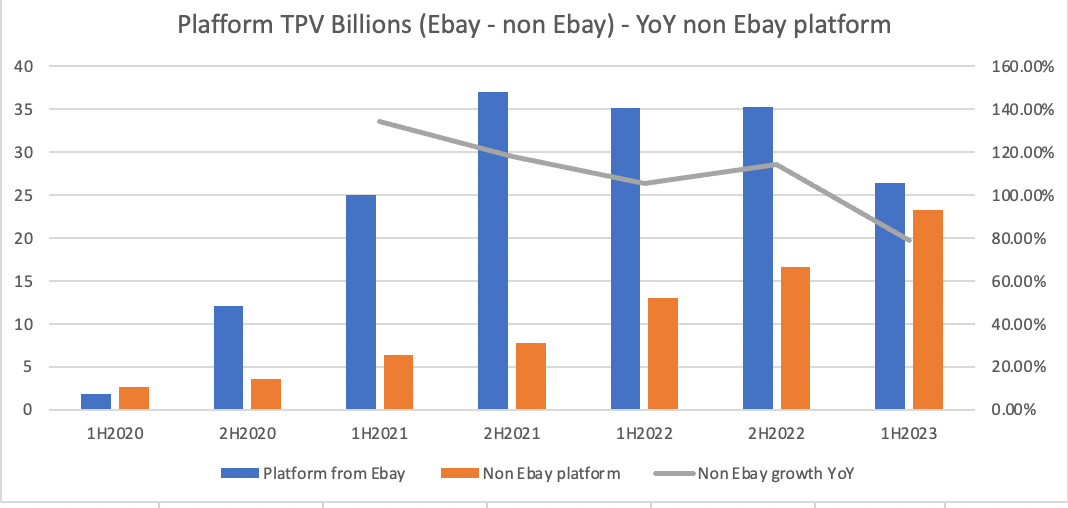

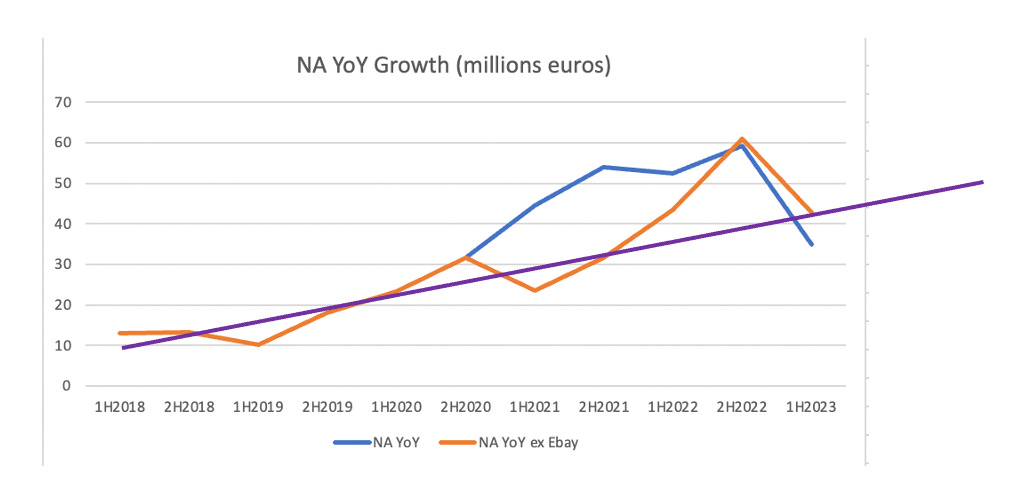


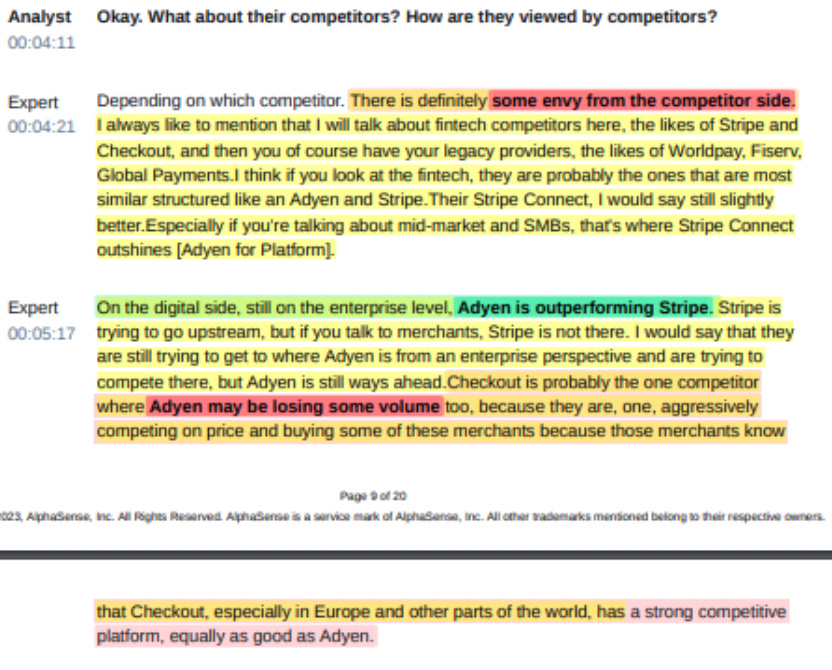
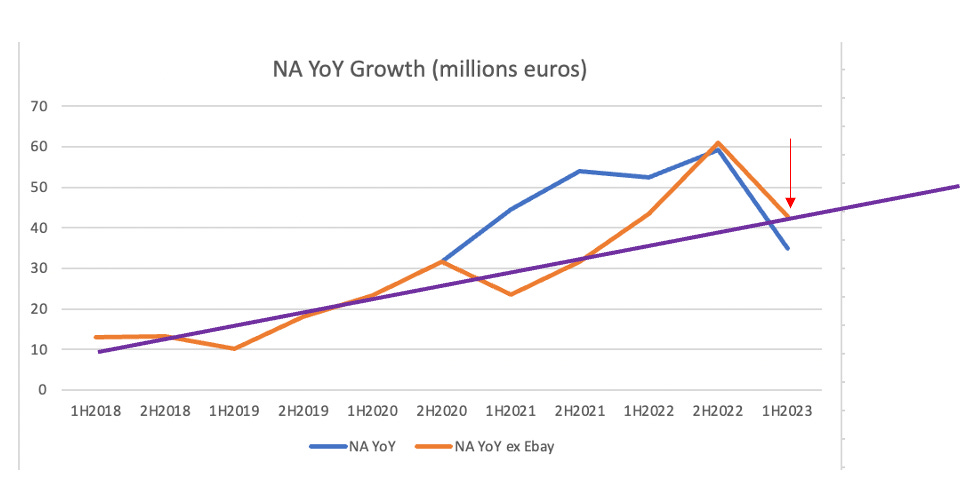

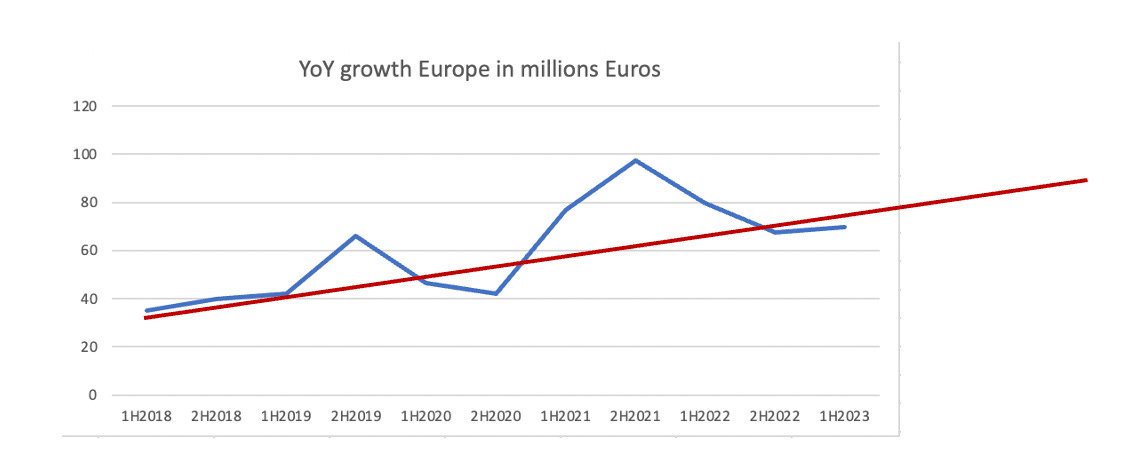

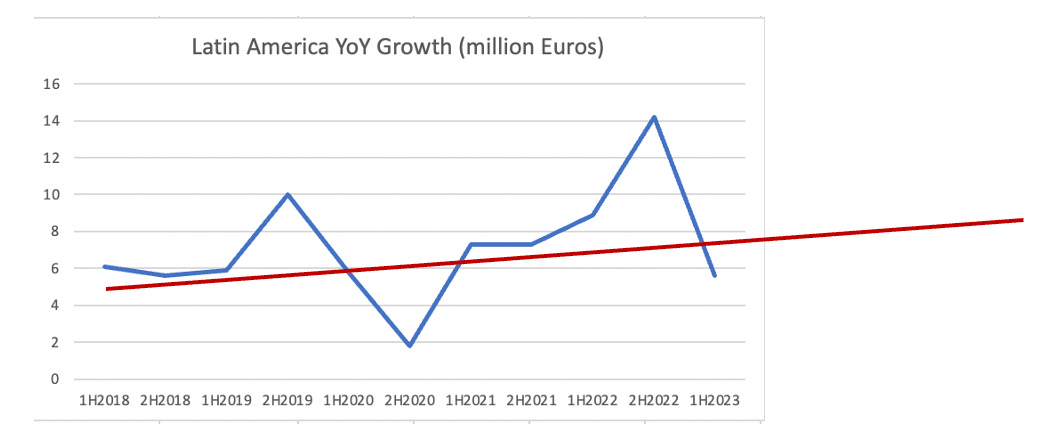

Great write-up. Learning a lot on this company thanks to you. I have never been able to get myself to pay up to Adyen's valuation in the past (you know I am cheap bastard) but we are approaching levels where I could dip my toe.